Dabble has announced an exciting offer for spectators at the 17th hole during the AusPGA event: a $1,000,000 prize if a hole-in-one is made. This generous incentive adds an extra layer of anticipation for fans watching the tournament unfold.


Dabble has announced an exciting offer for spectators at the 17th hole during the AusPGA event: a $1,000,000 prize if a hole-in-one is made. This generous incentive adds an extra layer of anticipation for fans watching the tournament unfold.
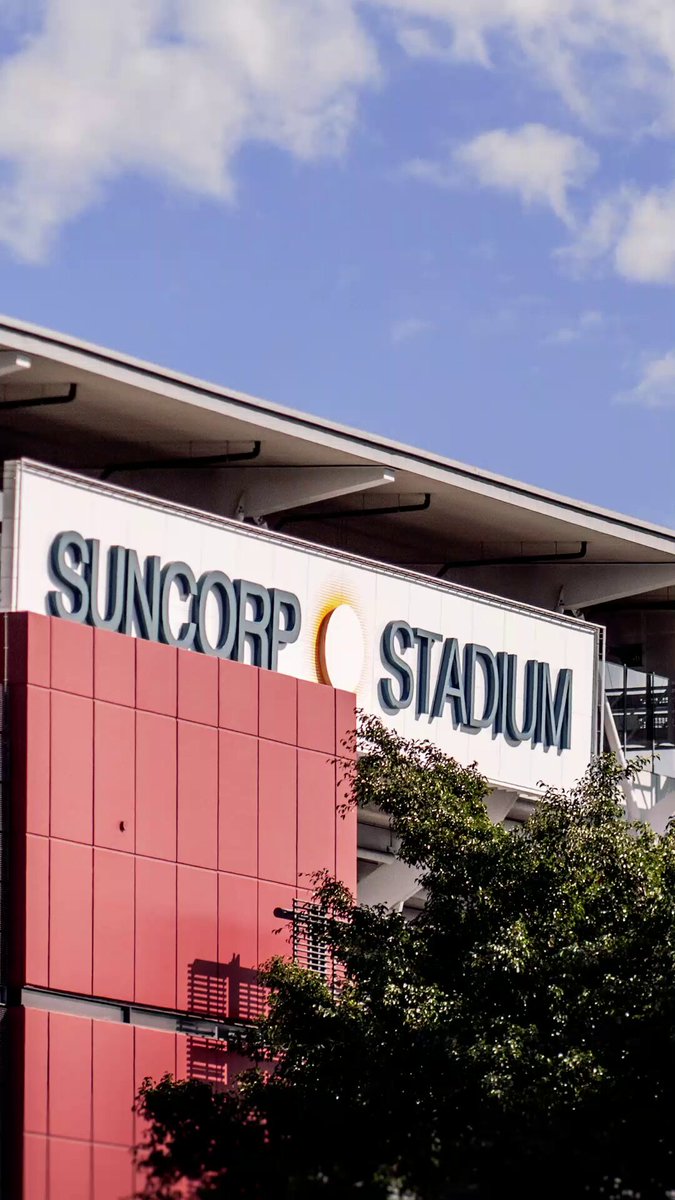
The new DP World Tour season has officially begun down under with the BMW Australian PGA Championship, an event that promises to set the tone for the year ahead. Held in Australia, this tournament attracts a strong contingent of local talent eager to make an impact early in the season.
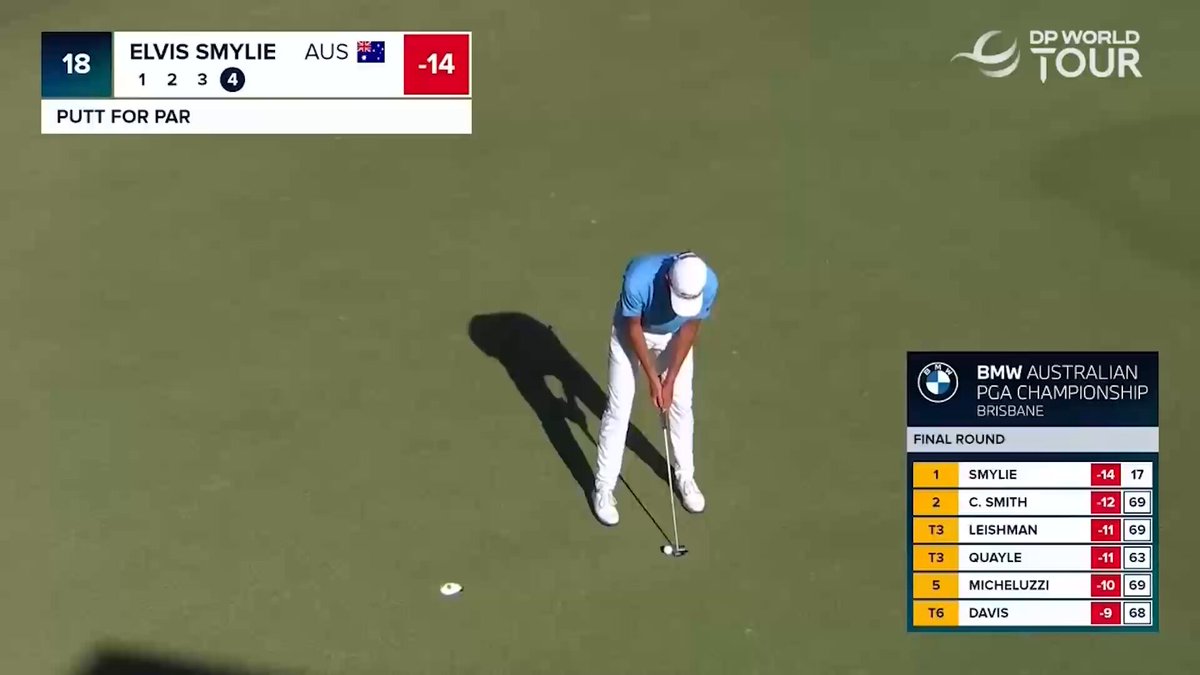
Elvis Smylie secured his first DP World Tour title on his 16th start, marking a significant milestone in his professional career. This breakthrough victory highlights the depth of talent emerging on the DP World Tour and sets the stage for an exciting season ahead.
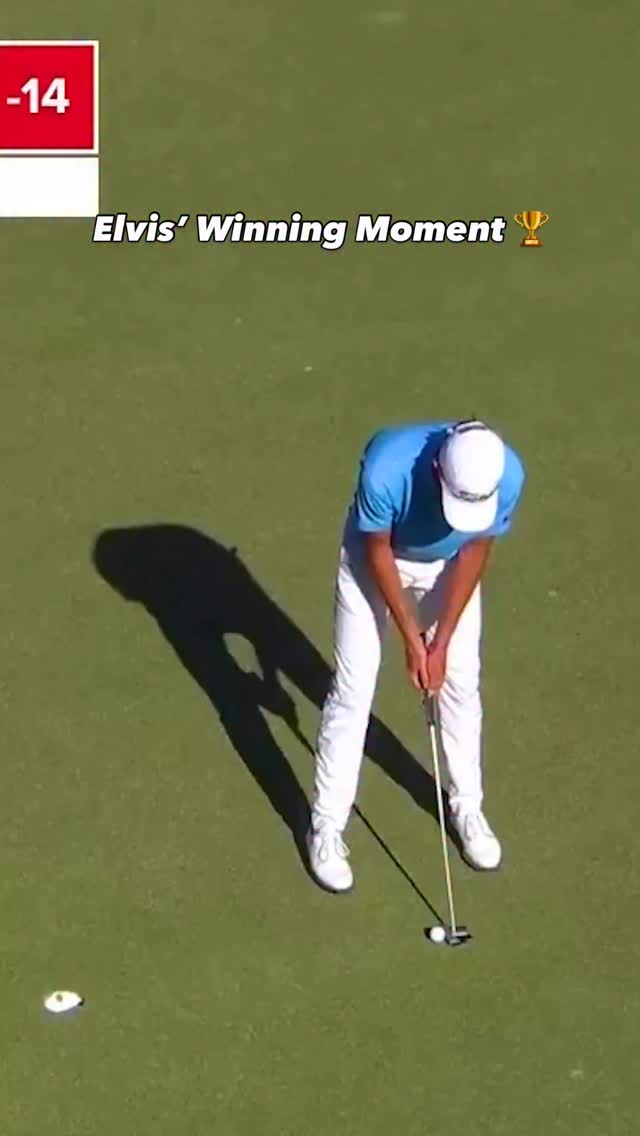
Elvis Smylie captured his first DP World Tour title in a memorable moment that highlights his steady rise in professional golf. The victory marks a significant milestone in Smylie’s career, showcasing his ability to perform under pressure and compete at the highest level.
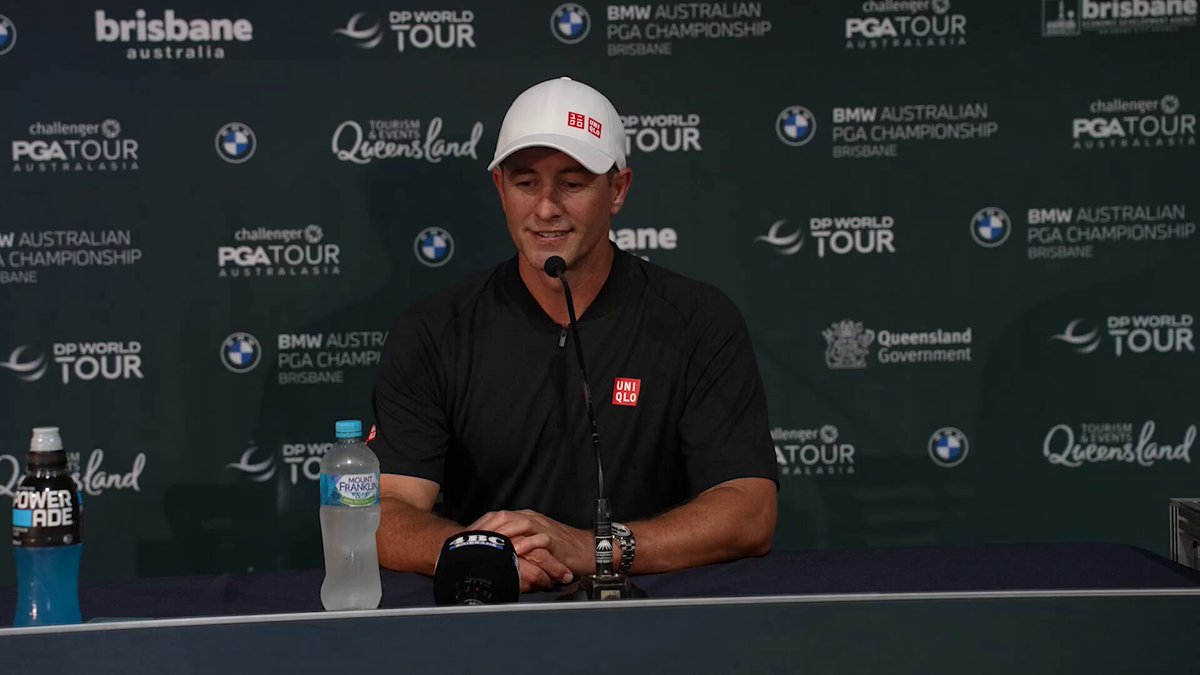
The BMW Australian PGA Championship marks the start of the new DP World Tour season in Australia, bringing together a strong field of local and international players eager to make an early impact. This tournament, held at the Royal Pines Resort on the Gold Coast, offers a crucial opportunity for those who narrowly retained their tour cards last season to secure valuable points and improve their standing.
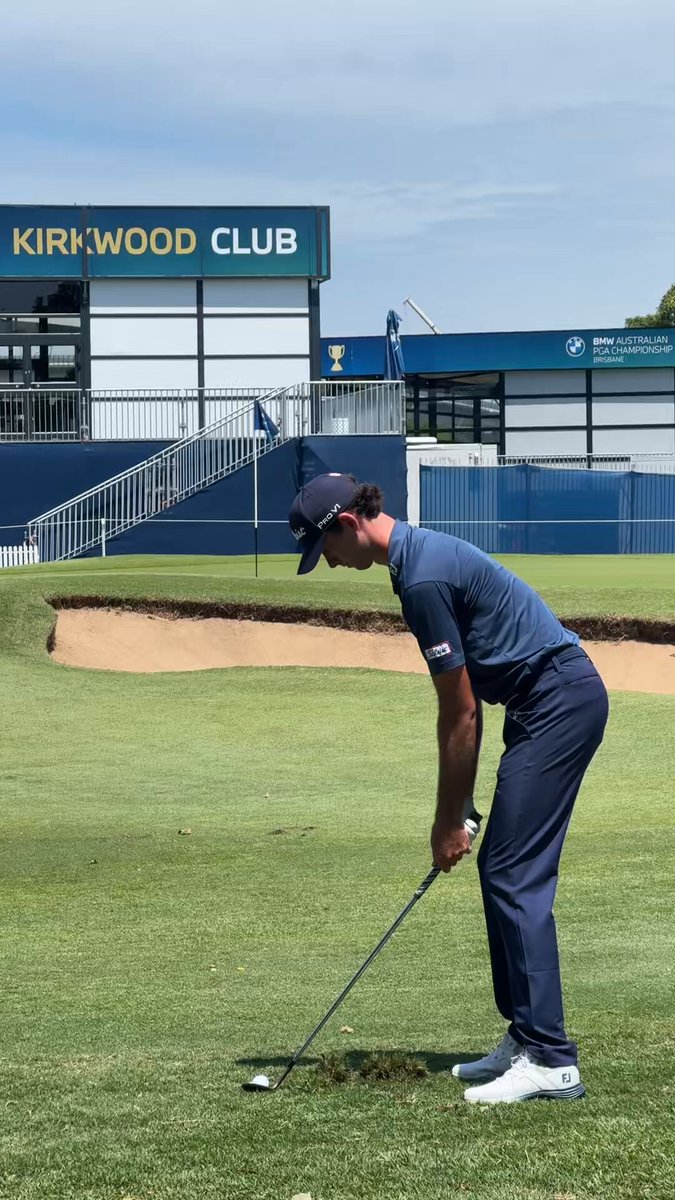
The BMW Australian PGA Championship marks the beginning of the new DP World Tour season, bringing together a competitive field of Australian and international players eager to make an early impact. Held at the prestigious RACV Royal Pines Resort on the Gold Coast, this tournament offers a crucial opportunity for players to secure valuable ranking points and build momentum for the season ahead.
As the first of two DP World Tour events in Australia, the championship attracts a mix of established stars and emerging talents. For many, especially those who barely retained their tour cards last season, this event is a chance to improve their standing and ensure their place on the tour for 2026.
The tournament boasts a strong contingent of Australian players, eager to perform on home soil. The RACV Royal Pines Resort, known for its challenging layout and strategic design, tests every aspect of a player’s game. The course demands precision off the tee and sharp putting skills, making it a true examination of form and consistency early in the season.
Players will be looking to establish themselves quickly, as the DP World Tour schedule is packed with key events that can shape their season. The BMW Australian PGA Championship serves as a critical stepping stone towards bigger tournaments and major championships later in the year.
With the season opener underway, the stakes are high. Players who perform well here can gain confidence and valuable points that contribute to their ranking on the Race to Dubai leaderboard. This ranking is essential for qualifying for the season-ending DP World Tour Championship and other prestigious events.
The tournament also highlights the growing importance of the DP World Tour’s presence in Australia, offering local fans a chance to see top-level golf up close and supporting the development of golf in the region.
For golf enthusiasts following the DP World Tour, the BMW Australian PGA Championship is an event to watch closely. It sets the tone for the months ahead and provides early insights into who might contend for titles and who will need to fight hard to maintain their tour status.
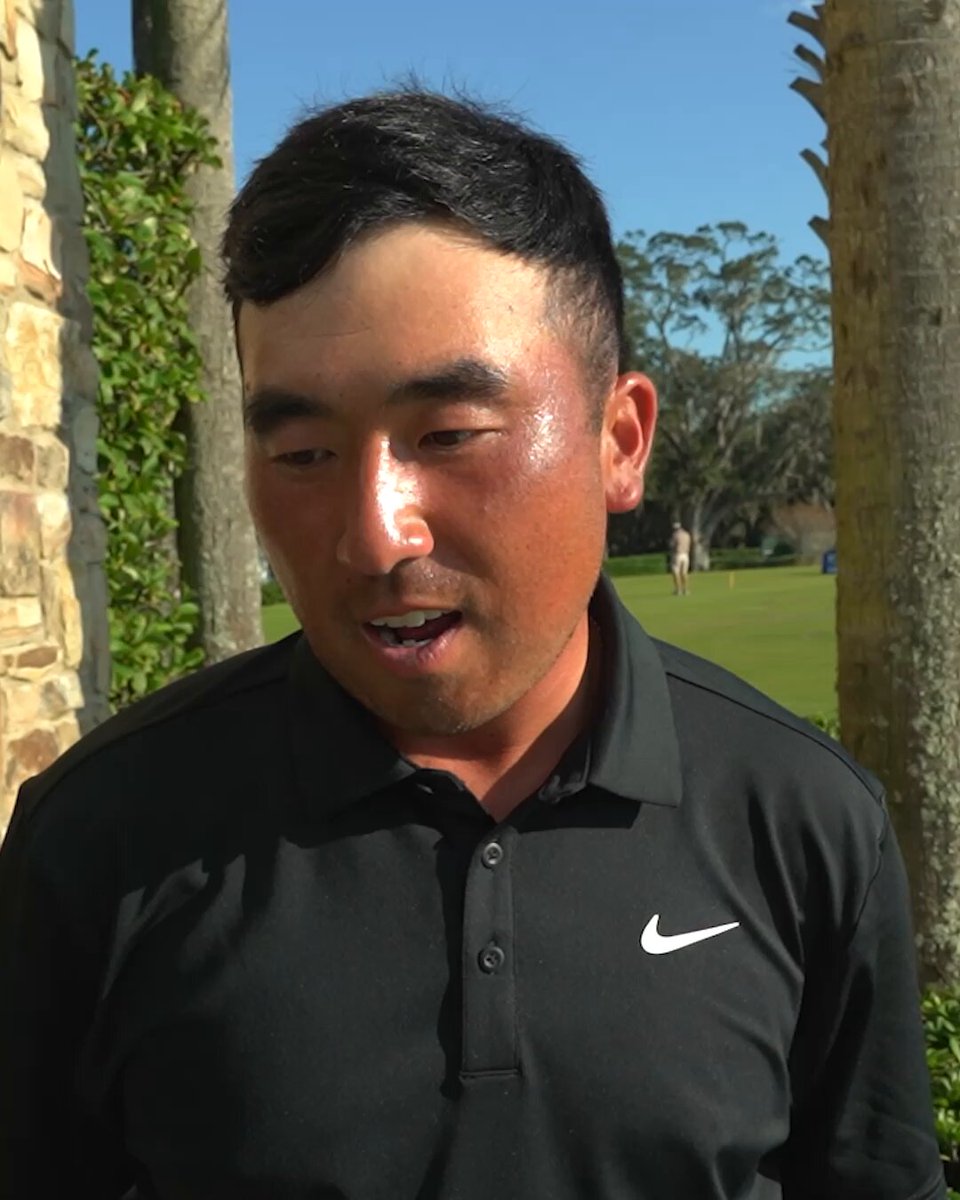
Doug Ghim is ready to turn the page after a challenging season that saw him finish 113th in the FedExCup Fall, losing his exempt status on the PGA Tour. Determined to make 2026 a breakthrough year, Ghim is focused on crafting a comeback that reflects his resilience and talent.

The 2025 International Series champion showcased an impressively smooth swing that highlights the skill and precision required at the highest level of professional golf. This performance not only secured the title but also set a benchmark for upcoming players aiming to make their mark in the series.
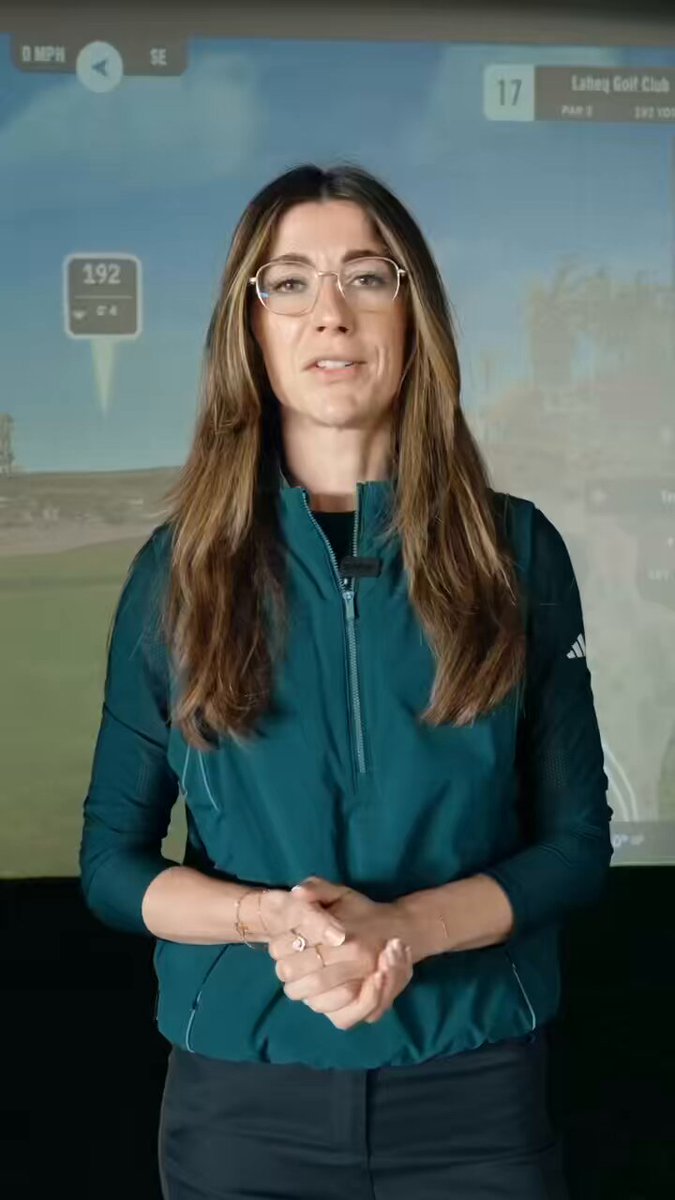
The final episode of the PIF Future Fairways series at the Riyadh Golf Club brings intense moments as top players take on the challenging 17th hole at Laheq. After notable performances by @TyrrellHatton, Faisal Salhab, and @DJohnsonPGA, it is now @joaconiemann’s turn to face this demanding par-3.
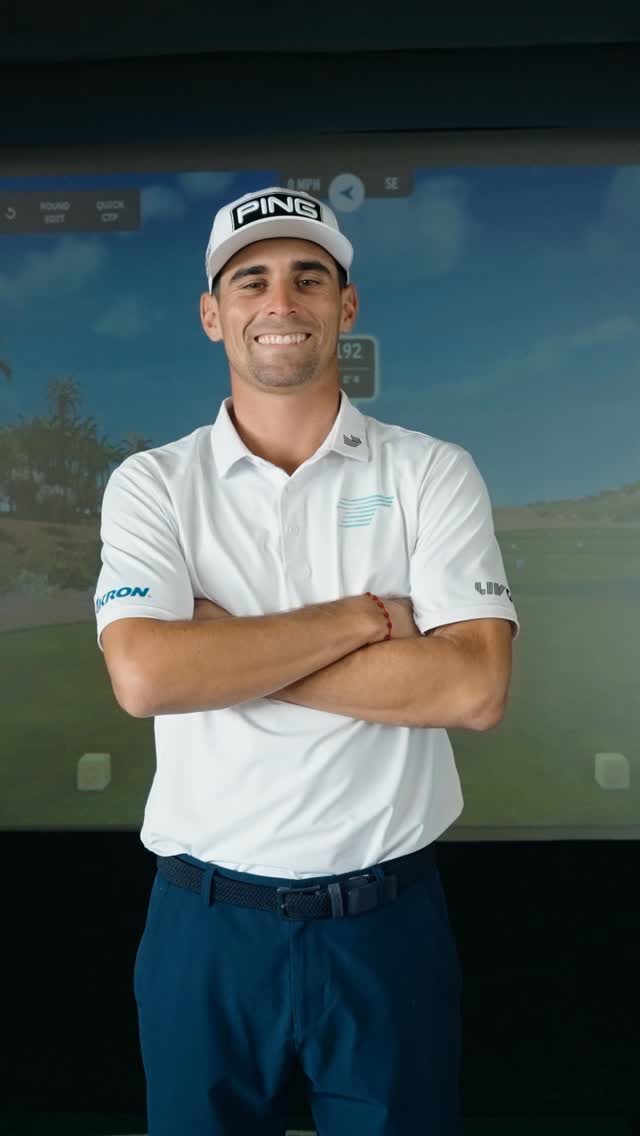
Joaco Niemann steps up to the challenge at Laheq’s 17th hole in the final episode of the PIF Future Fairways series, following shots from Tyrrell Hatton, Faisal Salhab, and Dustin Johnson. The series showcases some of the most stunning golf courses currently under development along the Red Sea coast.